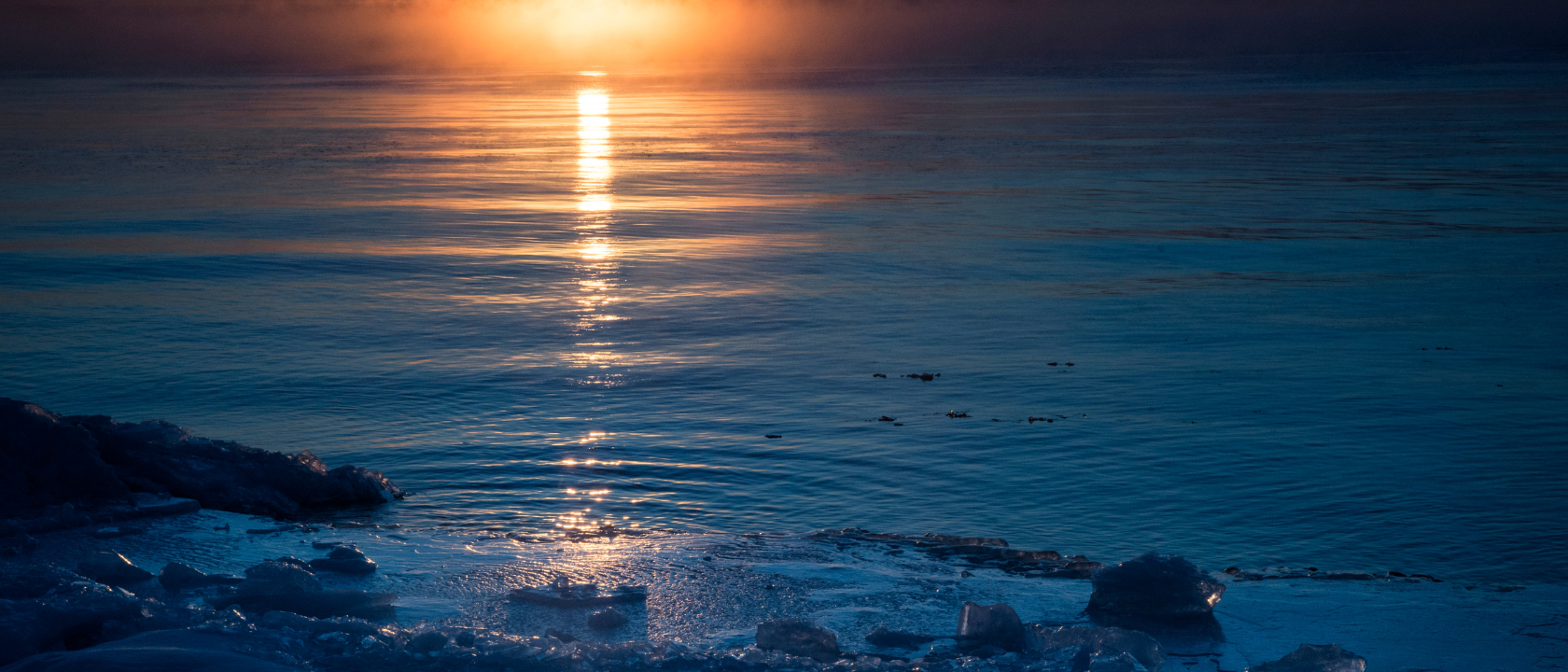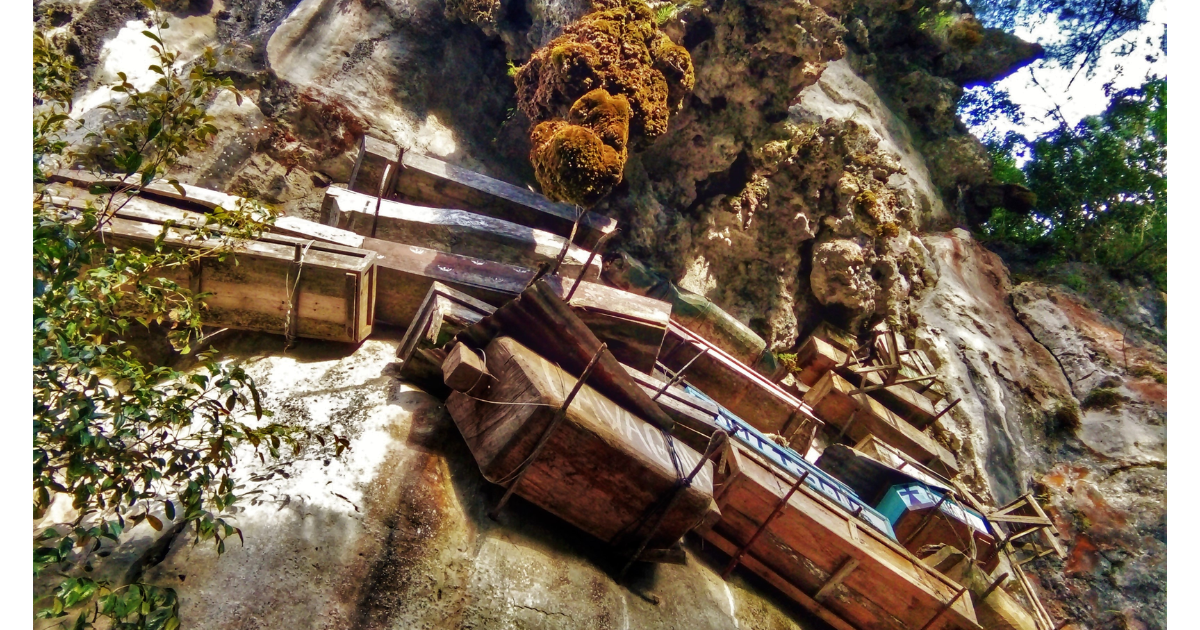Here’s Why Superior (It’s Said) Never Gives Up Her Dead
Lake Superior – the largest of the Great Lakes – is notorious for its reputation as a “watery graveyard” from which corpses are rarely recovered. Its fearsome profile has even been memorialized in popular culture: “Superior, it’s said, never gives up her dead” are lyrics of The Wreck of The Edmund Fitzgerald, Gordon Lightfoot’s tribute to the mysterious 1975 Lake Superior shipwreck with no survivors.
As part of the shipping route from New York to Duluth, Minnesota and ports in Canada, Lake Superior’s depths hold hundreds of wrecks with hundreds of crewmen, ill-fated freighters and vessels and victims taken down by her seas, seas as tempestuous as those of, say, the wild, vast Atlantic… except that Lake Superior’s victims are likely never to resurface.
Mother Superior’s heart of ice
Extreme temperatures are responsible for Superior’s scandalous reputation. The lake is the coldest of the Great Lakes with an average year-round temperature around 40 degrees Fahrenheit near the surface, reaching perhaps the 50’s at the surface close to the shore in the summer months. The lowest temps can be found at the bottom, generally hovering in the 30’s Fahrenheit. And at the surface in cold months, an effect known as supercooling, an effect most commonly obtained at the polar ice caps, allows water to resist freezing while dipping below standard freezing temps, typically in a range of roughly 29-34 degrees Fahrenheit)
At such cold temperatures, the bacteria typically responsible for decay and putrefaction, the microorganisms causing the bloat and gas associated with decomposition, cannot thrive. Such organisms are categorized as mesophiles (“middle-loving”), having adapted to moderate temperatures (such as those found in the live human body) as an optimal habitat, from a low end of room temperature (about 68 Fahrenheit) to about 113 degrees Fahrenheit. A dead body subjected to Lake Superior’s cold environment results in a kind of frigid stasis, with nearly all bacterial activity halted until the temperature rises.
But the process of breakdown doesn’t cease altogether. There’s an incomplete level of decay which frequently leads to the formation of adipocere, a thick layer of wax-like substance known as corpse wax resulting from the partial breakdown of lipids. Without bacteria generating the gases which typically bring submerged remains to the water’s surface, Lake Superior’s victims’ remains frequently stay in the vessels they went down with. Some even sink to the lake’s sandy bottom, resting in the dark, currentless cold nearly intact.
The shipwrecks themselves, in fact, in depths at these temperatures also do not break down and decompose as they might in more temperate waters. The watery surroundings serving as a super cooler for crew and vessel, allowing remains to rest undisturbed for decades, greatly unchanged.




